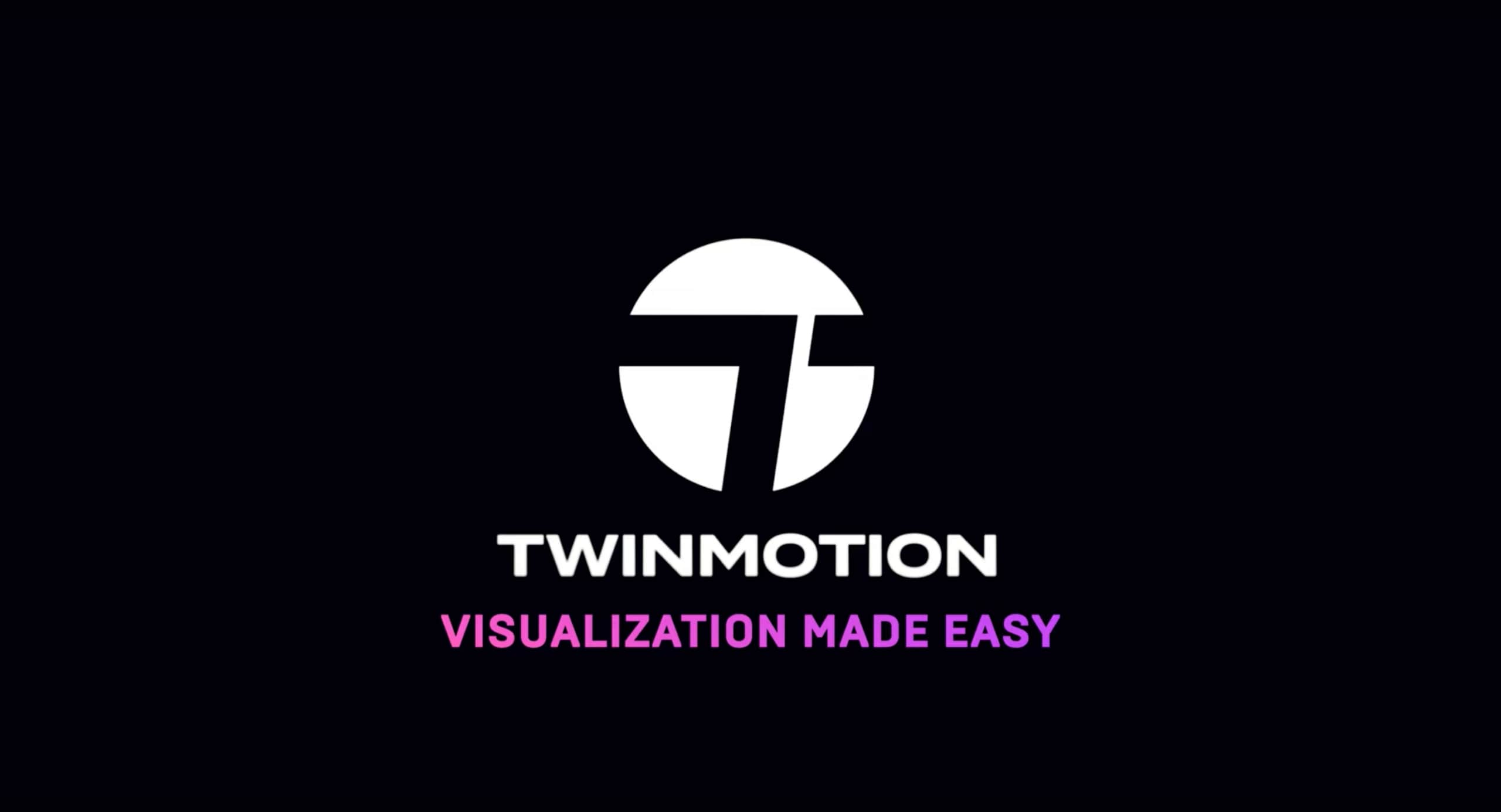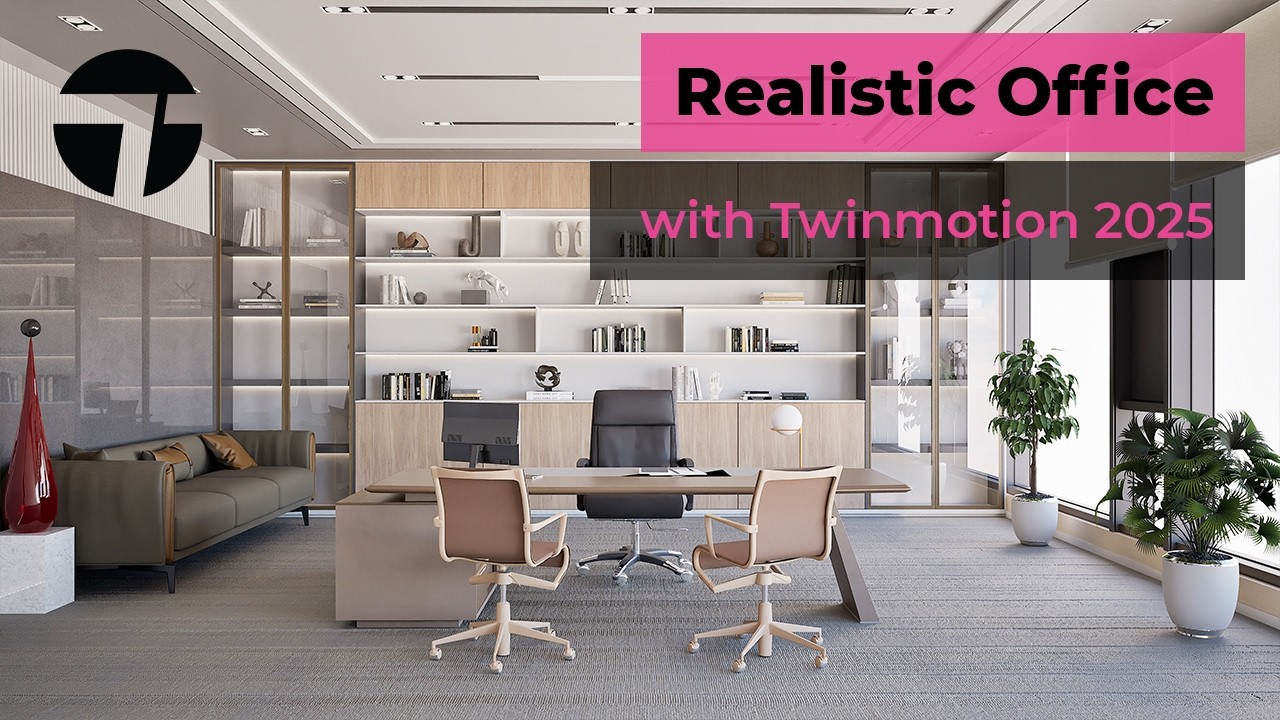Twinmotion 2025.1 Preview 2 brings enhanced rendering tools, refining real-time visualization with optimized Lumen and Path Tracing systems. Developed by Epic Games, this latest update improves lighting, reflections, and overall performance, making Twinmotion even more powerful for architecture, urban design, and automotive rendering.

One of the key aspects of this new version is the enhancement of the Lumen and Path Tracing rendering systems.
Lighting and reflections have been further optimized, delivering a more detailed and realistic visual output matching the speed of Lumen to the accurate quality of the Path Tracing modo.
Users can now enjoy improved image quality, with more lifelike materials and greater control over visual settings such as an enhanced bloom and starbust effects, a new slot for Ambitn Occlusion in the material editor and full support to translucent materials such as thin fabrics.
The overall performance of the software has been refined for a smoother experience, even on older machines.
Additionally, the asset import process and scene management have been optimized, reducing loading times and improving responsiveness while navigating within the project. A positive note goes to the new Spacing and Area tools that help the user to quick populate and scatter assets within an area.

Epic Games has introduced significant improvements to customization tools and asset management. As mentioned earlier, the new Spacing and Area tools are excellent additions for enriching scenes with props. Additionally, the Smart Foliage system further expands the possibilities of Twinmotion’s impressive virtual vegetation—one of the core features that makes the software so appealing.
With version 2025.1 Preview 2, users can take advantage of enhanced options for organizing and modifying their models, providing more intuitive and faster access to essential resources. The asset library has been expanded with new materials, textures, and models, allowing for the creation of more complete scenes without relying on external tools.
Furthermore, tighter integration with Unreal Engine ensures a smoother workflow for users working with both software, improving compatibility and offering more efficient export options.
Twinmotion is designed to meet the needs of designers, architects, game developers, and engineers while also serving as a valuable educational tool. It delivers realistic real-time visuals, making it an excellent choice for presenting complex projects in a clear and engaging way.
In the 2025.1 Preview 2 update, a new system allows users to assign layer IDs to assets and export them as passes, similar to how it works in KeyShot or 3ds Max’s Render Elements. Finally, a new animation sequencing tool has been introduced, providing full control over camera paths for more dynamic and customizable presentations.
The integration of software like Revit, SketchUp, Rhino, and 3ds Max makes it particularly useful for complex workflows. Notably, ad-hoc plugins for these DCCs have been deprecated in favor of a continued and advanced expansion of Datasmith.
Thanks to its intuitive interface, even less experienced users can achieve high-quality results without facing a steep learning curve.

The investment of resources and time over the years must have been substantial to provide users with such a comprehensive set of features. As a reminder, Twinmotion is powered by the award-winning Unreal Engine, renowned for its advanced features and real-time rendering capabilities or 3d scanning software such as RealityScan.
The combination of cutting-edge tools and an accessible UI is the result of a long development process that carefully considers user feedback and market demands.
This latest version introduces innovative technologies that enhance rendering, resource management, and the overall user experience, clearly aiming to deliver a high-performance and adaptable solution for professionals.
The objective seems to be positioning Twinmotion as a solid reference point for real-time visualization, improving compatibility with other software, and expanding users’ creative possibilities. In a constantly evolving market, tools like Twinmotion play a crucial role in providing innovative solutions for designers and architects working on the rendering phase of their projects.
Additionally, Twinmotion leverages virtual and augmented reality support, offering new possibilities for project presentation and interaction.
With the growing excitement around AI, it wouldn’t be surprising to see Twinmotion evolve further by integrating artificial intelligence, potentially automating certain rendering and optimization processes to make them more efficient.
– article by Canterino F.























